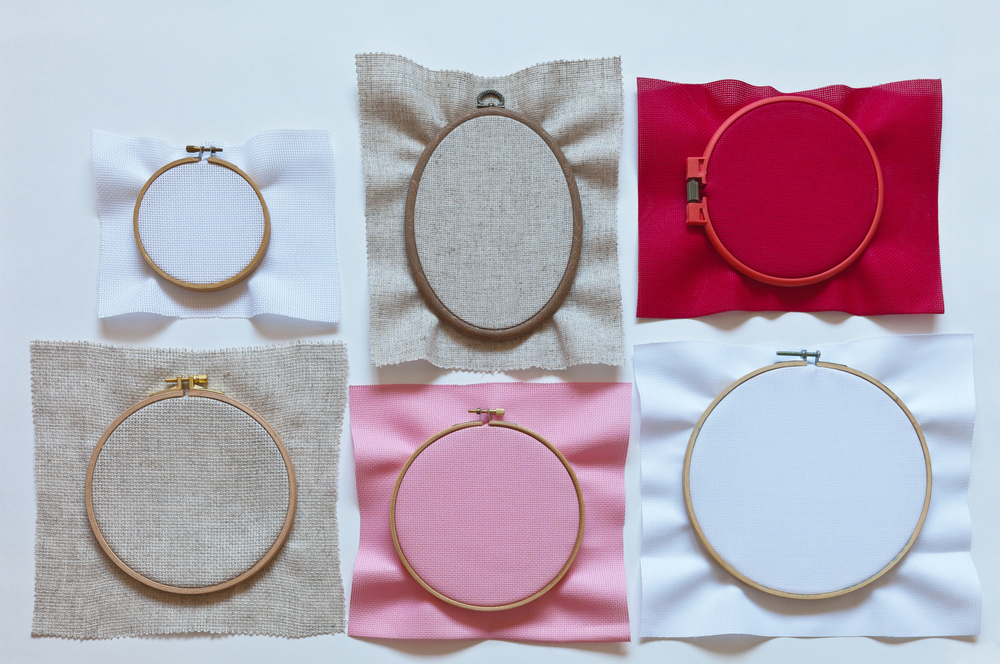How to Frame Cross Stitch and Embroidery?

In this article we are going to go over some of the options that you have when it comes to stitch work and textiles framing
Choosing the Right Type of Glass for Your Framing Textile Art
You have a lot of different options when it comes to using glass for framing needlework and fabric. There are many different options including Plexiglass or forgoing glass altogether.
We have discussed some of the popular options on the market that you can avail. However, what option is the best one is always going to depend on what you need and are asking for. Things like how much are you willing to spend? Is fading a problem for you ? Are you bothered by glare? There are lots of ups and downs.
No Glass
First of all we have the option of not using glass altogether when trying to frame a cross stitch. This is the preferred style of a lot of professionals in the industry.
Another benefit is that there is zero reflection. On the other hand it might suffer from damage from too much sunlight or your displaying and hanging textile art might become dirty. This is best for people who like to keep things simple.
Conservation Glass for Displaying and Hanging Textile Art
Conservation and museums are great for those in the business of framing. The simple reason is the great quality. This is widely available in the market.
Plexiglass for Fabric Framing
Some go for acrylic or plexiglass as opposed to regular glass because it is shatter proof, anti reflective and very light in weight. What is more is scratch resistant and anti static as well.
Another great reason to go with plexiglass is if you are looking to have the product shipped. With the latest advancements in technology there are many different options when it comes to the use of plexiglass. It is now all about your own preference.
Regular Glass for Stitch Work and Textiles Framing
As opposed to plexiglass, conventional glass does not scratch as much, costs less money, does not have much of a static charge and does not bow easily. Lastly, you do not have to remove any protective covering.
Regular glass is most in vogue where the cost is the deciding factor and nobody wants to spend a fortune. Conventional glass has nothing really special about it. In case you do not want to make a high end project then going with regular glass is a good idea.
Museum Glass
On the top of the food chain is museum glass. It is the most expensive option out there and promosies the best quality. Museum glass has great clarity and blocks out almost all UV rays. This will have a great impact on your product as the colors will look great.
Choosing the Right Kind of Matboard for Your Cross Stitch
Just like with glass you have different options when it comes to mat boards.
Stitch Work and Textiles Framing Without Matting
If the framing does not have matting then it is going to need frame spacers in order to help.
Decorative Matboard for Fabric Framing
Decorative matboard also known as acid-free matboard is the least expensive option and comes in the widest range of colors.
This matboard is paper constructed from wood pulp that has been fixed with a neutral pH bath. In the end the lignins in the paper will degrade, releasing acids. .
Frame Cross Stitch and Embroidery Using a Conservation Matboard
Conservative matboard is a very nice middle option as it is cheaper than museum matboard while still having some conservation properties. These are the best grade paper matboards.
Museum Grade Matboard
Archival matboards or museum grade ones are very expensive and of the highest quality. Museum matboard or archival matboard is the highest quality and most expensive.
This matboard is made 100% from cotton. ThIS includes the face, the core, along with the backing. Cotton rag is free of acids and lignins. The mat starts and remains pH neutral throughout its lifetime.
Mounting Your Cross Stitch
Pinning and lacing are how top notch mount cross stitch work. Everyone has their preferences so try both and decide which you like more.
For mounting your work, you will require rust-proof pins or cotton thread depending on the means you choose.
Lacing
This takes up a lot more time than pinning. However, the end product is much better. All you need is a cotton thread, and a needle. One of the recommended ones is the 25 tapestry needle with a size 10 crochet thread. However, there is no hard and fast rule with this and you can go as you like with them.
Pinning
One of the most popular methods used by a lot of stitching companies and professionals is just to pin them. This is because it is much faster and very easy when compared to lacing. You can use rust proof pounds, for instance brass pins or stainless steel. This is a good idea so the pins do not negatively impact your work. Also, if the pins are plated with nickel then they will not rust at all. Satin pins, dressmaker and silk are great because they rest well against a foam board.
Closing Up Your Frame
The hardest part is over. Mounting your piece is going to be the most time-consuming part of framing the cross stitch.
Final Thoughts
It’s up to you how you would like to frame your cross stitch.
You can choose to exclude certain components to make the project super affordable or you can pick the best framing materials to maintain your stitching for a lifetime.
What do you like when it comes to the perfect fabric framing? Let us know what you found to be the best solution.
- Posted In:
- Informative



Leave a Reply